Learn how to create a wildlife haven in your garden for bees, hedgehogs, birds and other animals to thrive.
Did you know that 97% of wildflower meadows have been destroyed since the 1930s, and between 1970 and 2013, 56% of native animals in the UK declined. You read that right – 56%!
These figures are quite disheartening and animals such as hedgehogs, bees, voles, barn owls, amphibians, grasshoppers and butterflies are all vulnerable, as are many more species of animals and flowers. But there are things we can do to help.
How you can create a wildlife haven in your garden:
Don’t cut your hedges
If your hedges aren’t causing any obstruction to public pavements or footpaths, wait until winter to cut them. This will help ensure nesting birds are not disturbed.
Build a hedgehog house
Invite a hedgehog into your garden with a little home it can call its own. Hedgehogs have declined in recent years and there are now fewer than 1 million hedgehogs left in the UK. You can build a DIY home, which is a great family activity. Just don’t forget to leave a gap in your fence so that they can get in! Check out our other article on how to build a hedgehog home.
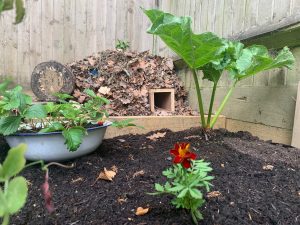
Let the grass grow
This one may not be achievable for the whole of your garden, but keeping the grass long helps flowers to grow which will attract bees.
If summer is not the right time to be keeping your grass long, you could try letting it grow over winter and cutting it in the spring. Just double check there are no little animals like frogs, toads or hedgehogs living in the grass first!
Have a pond
If you have the space and no small children, a pond is a lovely feature that can encourage amphibians and insects to your garden. Plus, you’ll get to see the process of tadpoles growing into frogs every year! Check out The Wildlife Trust website for how to build a pond.
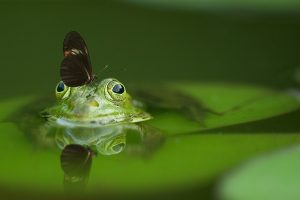
Grow flowers – and weeds!
This one is nice and easy – let the weeds grow a little! Plants like buttercups, nettles and daisies provide food for insects like butterflies all year round!
As well as looking nice, wildflowers form a vital part of the ecosystem and food chain. They support and conserve pollinating bees, butterflies and beetles. They also provide food for bugs like caterpillars, grasshoppers and wasps, which then provide food for declining and protected species like hedgehogs, reptiles and birds. Effectively, everyone’s a winner (or dinner)!
The RSPB has information on the types of flowers that help bees.
Create a compost heap
A compost heap is a great way to recycle left over food and those inedible scraps like banana skins. They are also perfect for nature! Creatures like slow worms, frogs and other insects love to dwell in compost. Check out The Eden Project’s top ten tips for creating a compost heap.
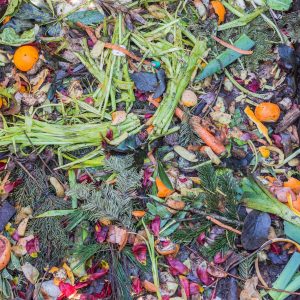
Have a bird feeder
By providing a safe and well stocked bird box in your garden you can help to attract new birds. Birds are great for ecosystems and really bring a garden to life with their songs. The National Trust recommends feeding birds protein-rich feed, such as fat balls, in the spring and seeds in the winter. The feeders don’t have to cost much and you can even make your own bird feeder.
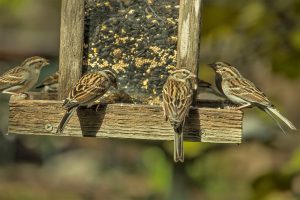
Make a stickpile
This is super easy and promises lots of gains for wildlife. Gather up sticks, discarded wood and rocks and place them around the edge of your garden or under bushes. Before you know it you’ll have a bug hotel!
Ecosystems in East Sussex – the effect of reduced grass cutting
Since East Sussex Highways reduced their urban grass cuts to just two a year, a by-product of this is that we have enjoyed wonderful displays of wild flowers. We also now have 125 miles of wildflower verges, which are cut just once a year, at our road sides. There are currently 700 different varieties of wildflowers growing on our verges and 87 of those are endangered species.
Verges provide such a good environment for these fragile flowers that in Wealden 75% of all of the endangered Spiked Rampions in the country live there, and this has increased since the reduction in grass cutting. There is also a rare Lizard Orchid growing in Lewes.
If you’d like to request a verge near you is marked as a wildflower verge, please see our article: How wildflowers are blooming alongside East Sussex roads.
East Sussex Highways have started working closely with High Weald AONB on their Nature Recovery Network project designed to link meadows in the High Weald; and local voluntary wildflower groups across the county who raise local awareness of the benefits of flower rich verges.
Are you planning on making any of these changes to your garden? Or do you have any other tips? Let us know in the comments.
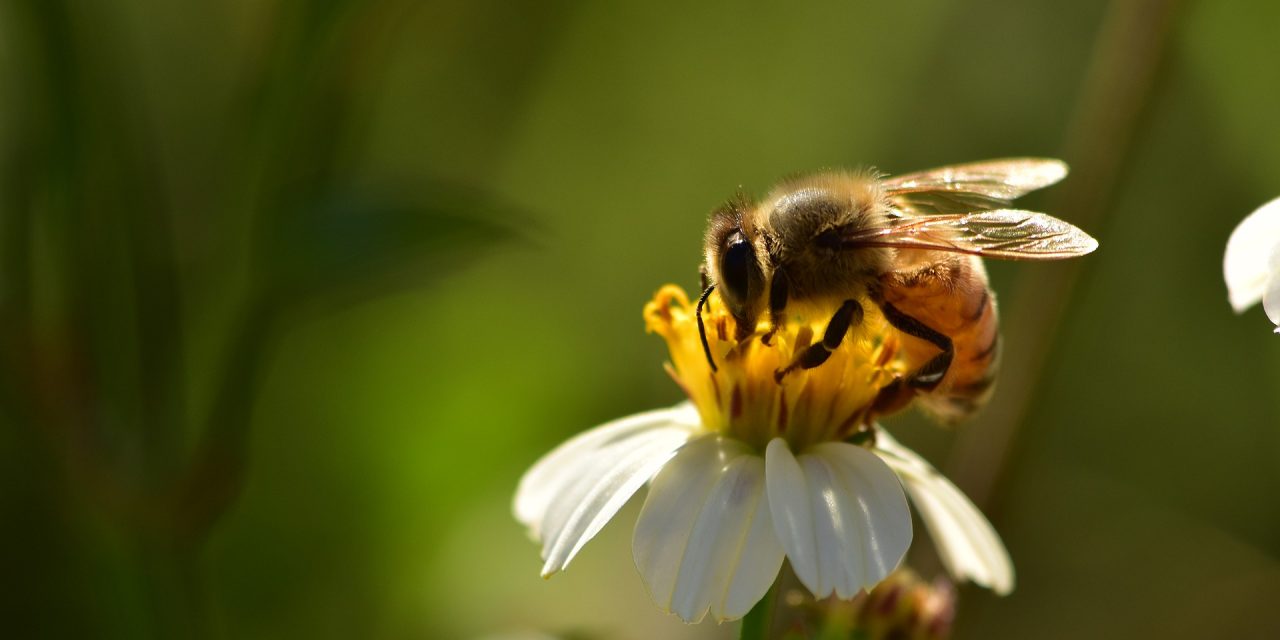
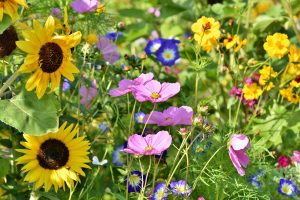



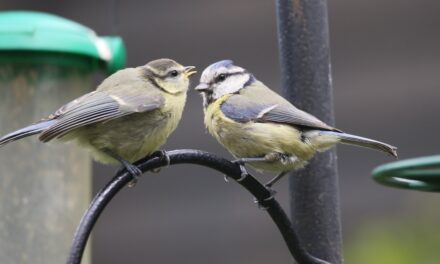
We see the black fly and aphids being eaten by ants, every insect is a vital part of the food chain
Excellent information! Thanks for sharing
Really good post! I’m doing a display for the Great Big Green Week in September – wondered if I could use your tips (acknowledging you as the writer) as part of the display to encourage wildlife friendly gardening.